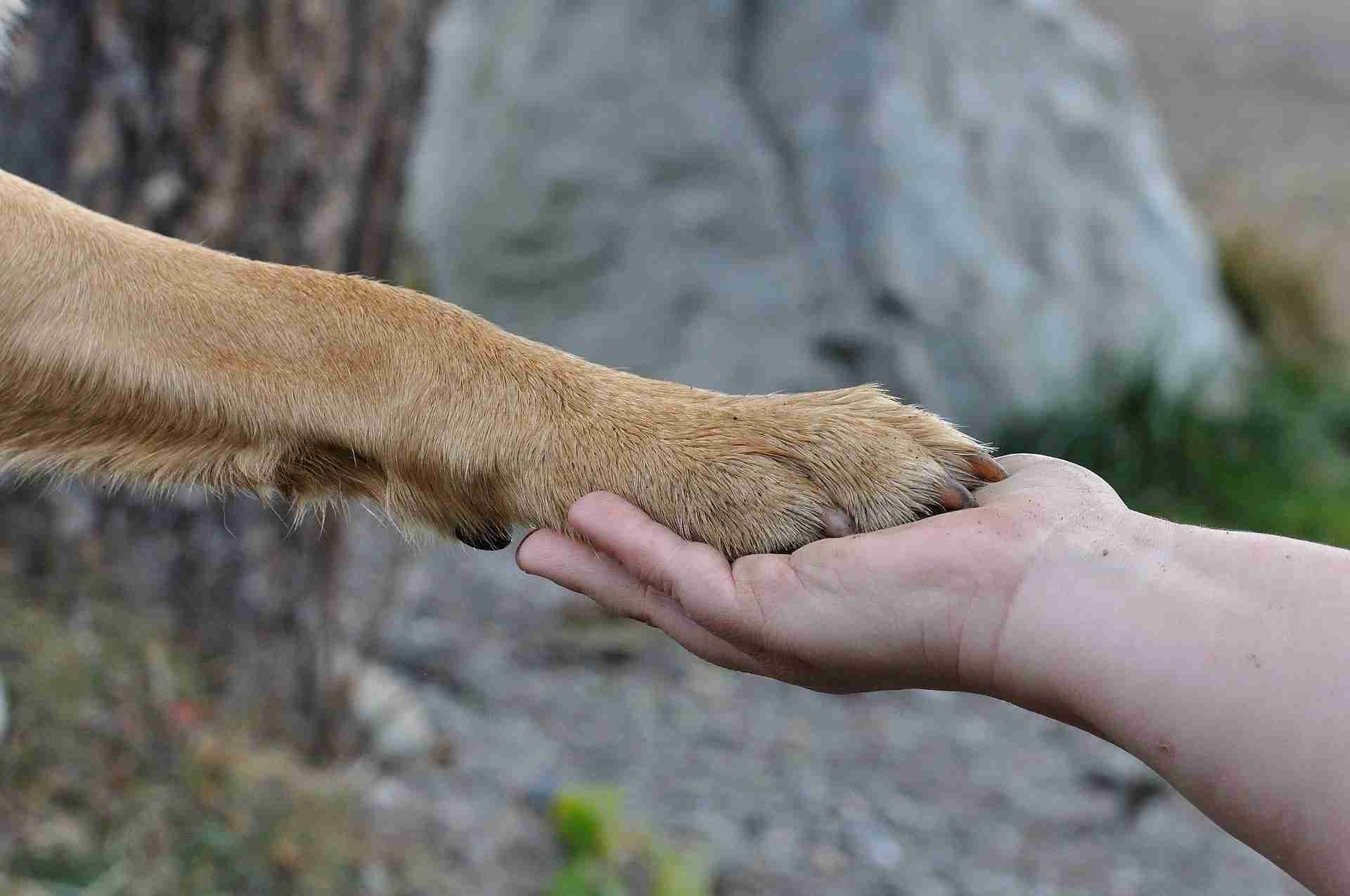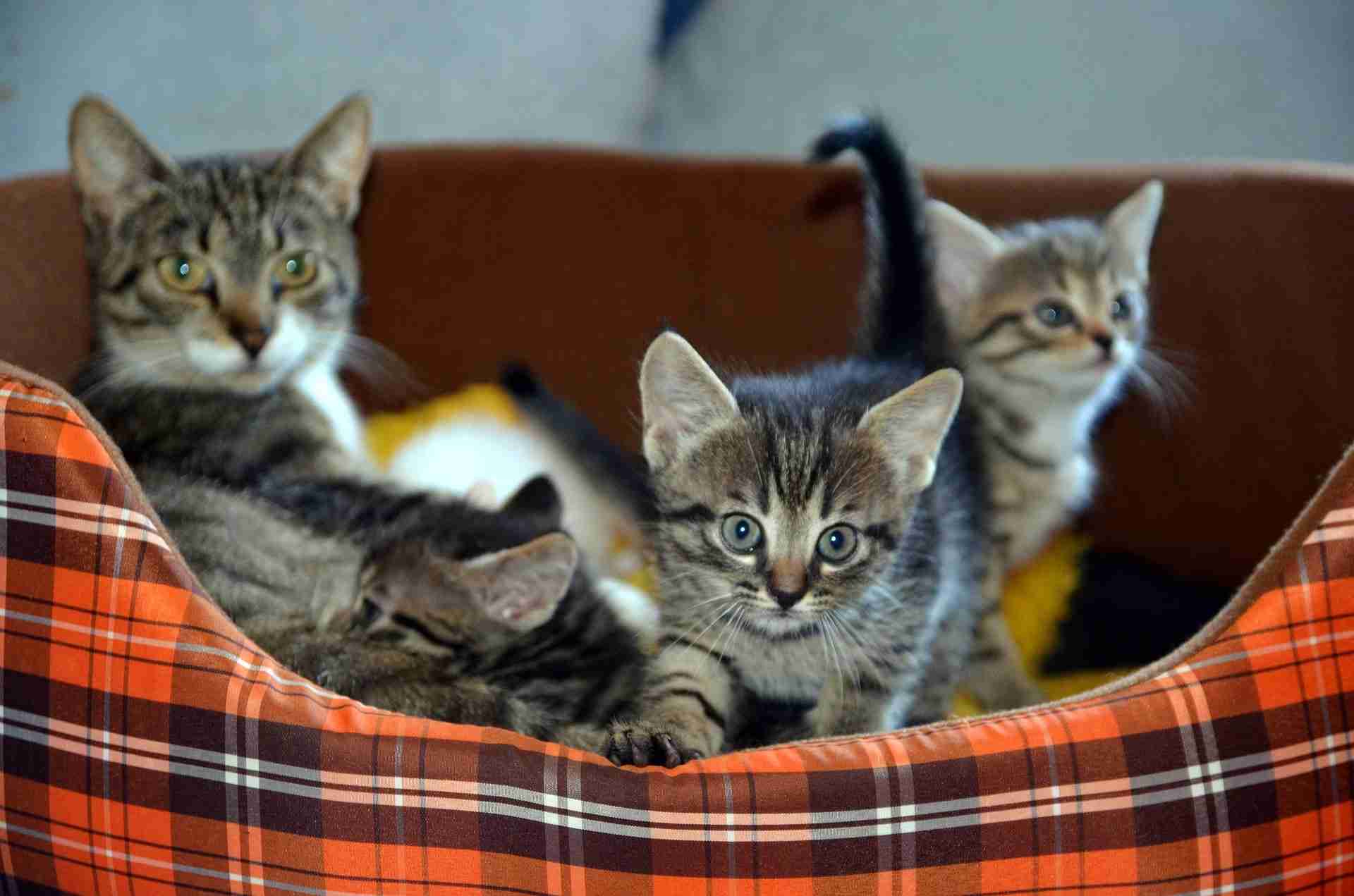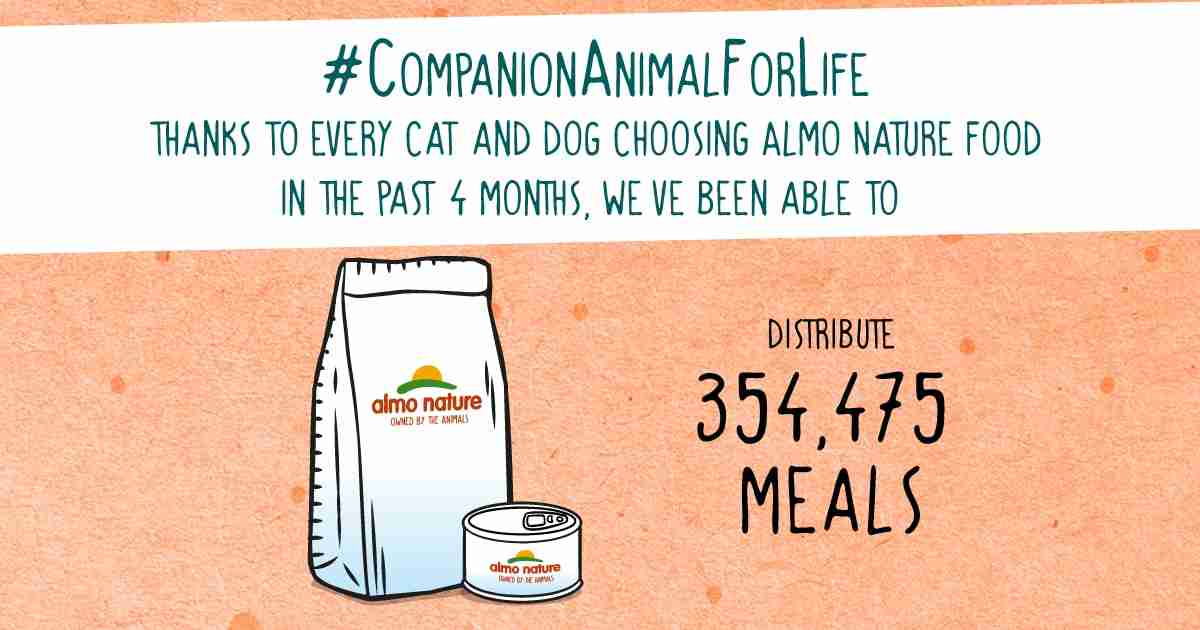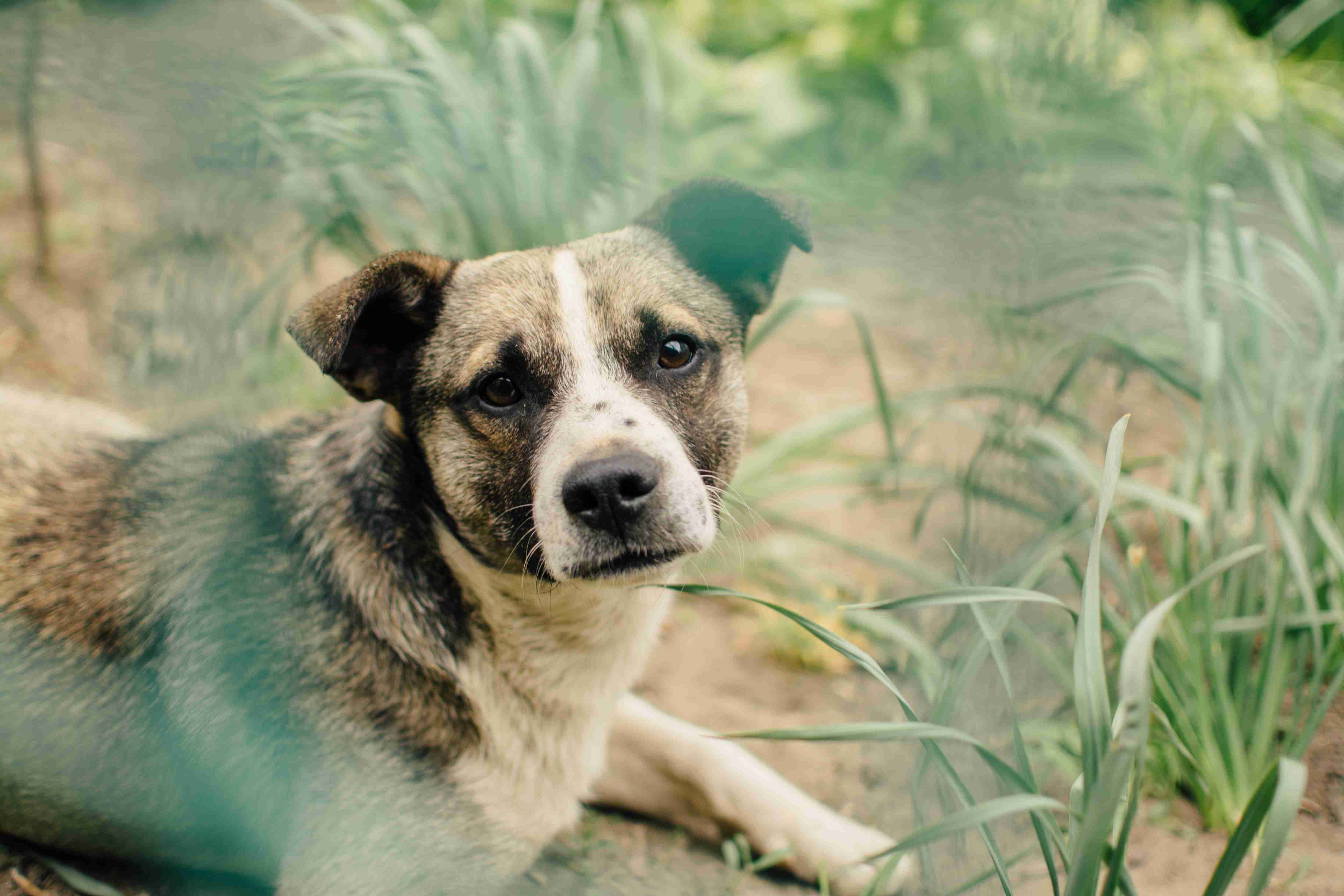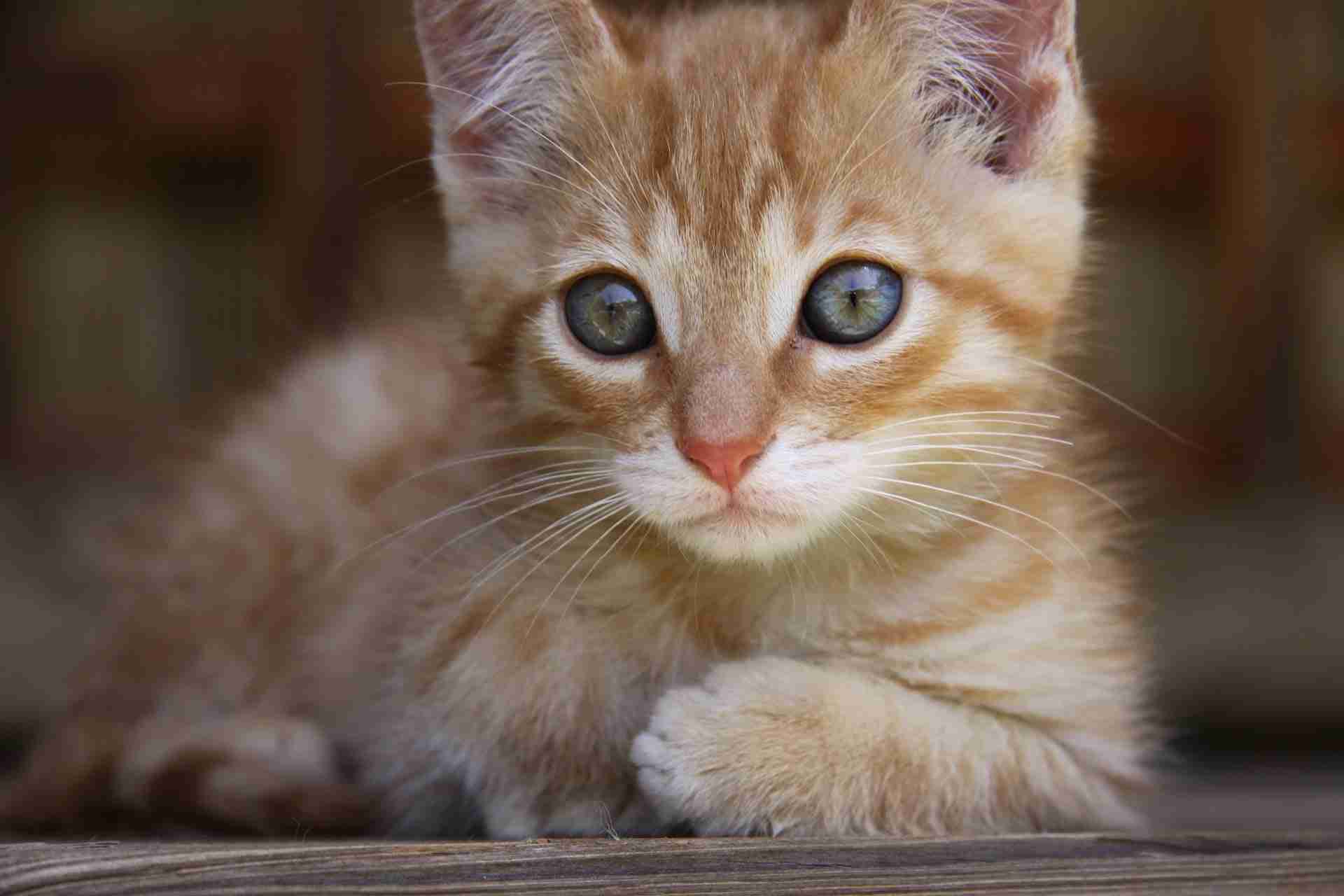The answers to all your Identification and Registration (I&R) questions
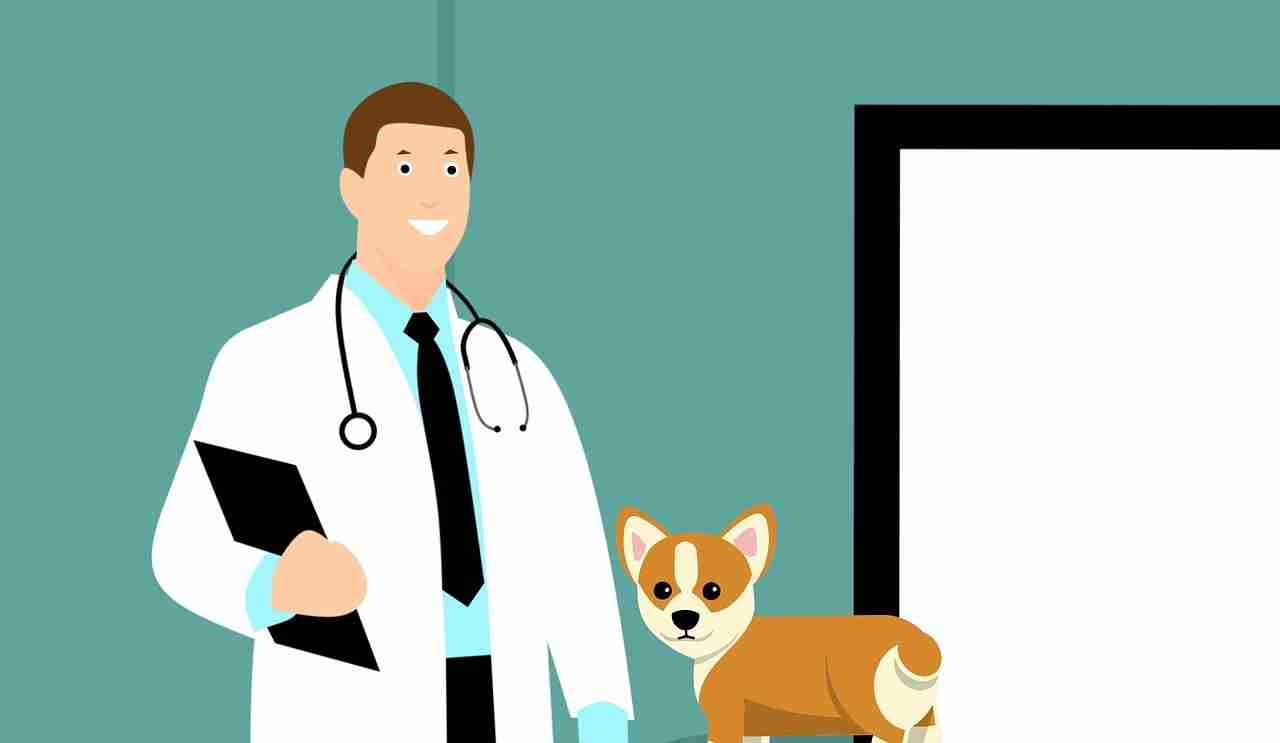
Following our blog about Identification and Registration (I&R) we decided to interview Dr. Sven Huether, expert in the field of electronic identification of animals, and asked him to answer the most frequently asked questions regarding I&R.
What is a transponder and what is it used for?
A transponder is a device that’s inserted under the skin of an animal that carries the microchip, containing the unique number of the animal, and an antenna, receiving the radio wave signals. The transponder is encased in bio glass for protection, and it’s injected in a standard spot under the skin, at the back or left side of the neck. It takes roughly three weeks for the thin layers of connective tissue to form around the implant and hold it in place . The process of identifying an animal with a transponder is called microchipping.What is the ideal age for getting a cat or dog implanted with a transponder?
This isn’t so much a question of age, but rather a question of weight. If you wanted to, you could take your animal to the vet the day after his or her birth. But the most opportune moment would be the first time you get your companion vaccinated at the vet. What is far more important is to remember that the transponder needs about three weeks to settle into the tissue and it’s imperative to ensure the animal stays calm during that period. Don’t forget the animal needs to be registered as well, preferably in a database that’s a member of Europetnet.The microchip number, or the identification number of the animal, can be read by scanning the animal’s body – how does this work?
The microchip carrying transponder uses radio frequency identification (RFID) technology, meaning that it uses radio waves to transmit information. This technology stores the data on the microchip and uses electromagnetic force to communicate the saved information to a device that is able to detect and interpret it. When a specific type of reader is held in close proximity to the transponder, it will be able to detect and retrieve the data.The number of the microchip is registered in a database to demonstrate the identity of the animal and to establish the relationship between animal and owner - is the microchip designed to last the entire lifespan of the animal?
First of all, it’s the owner’s responsibility to register the number on the microchip. The data that’s recorded on the chip can’t be altered afterwards but the registration details held in the database, such as a change of address etc., can. That’s why it’s important to register the animal as well as to microchip them. And yes, once the transponder is attached to the animal’s tissue, it will remain there for the rest of their life.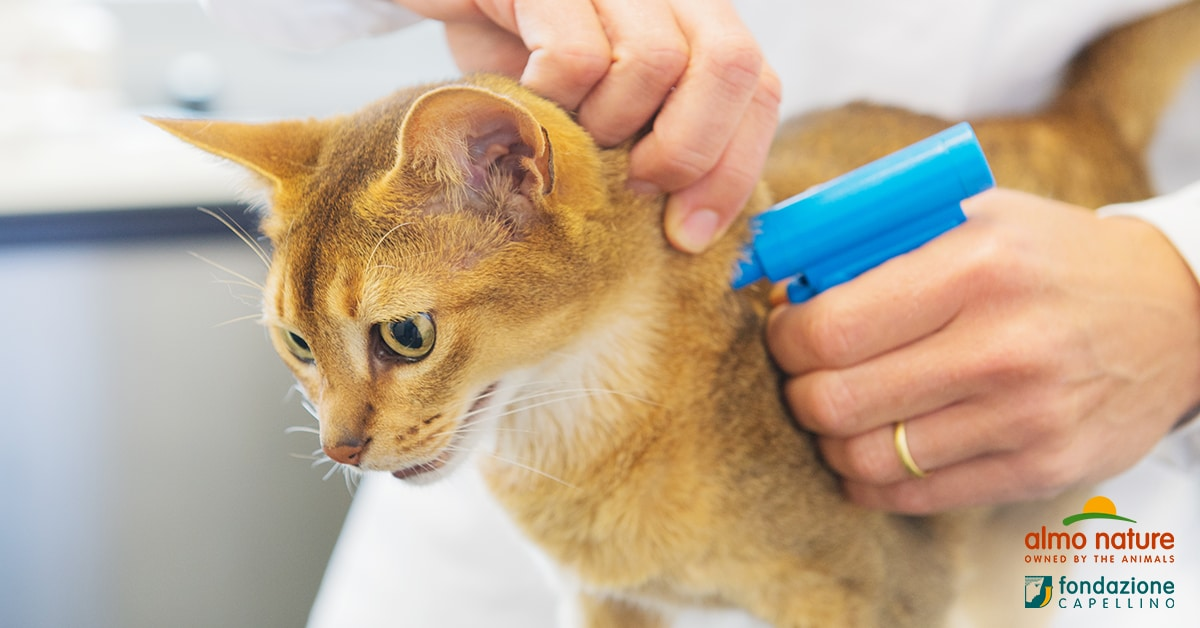

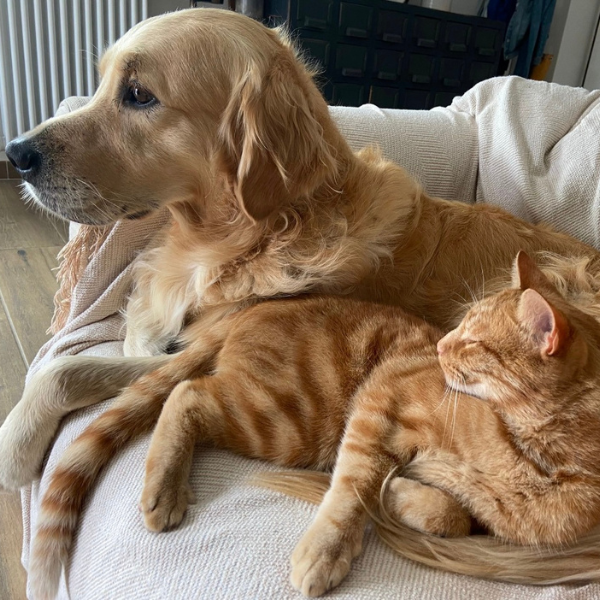



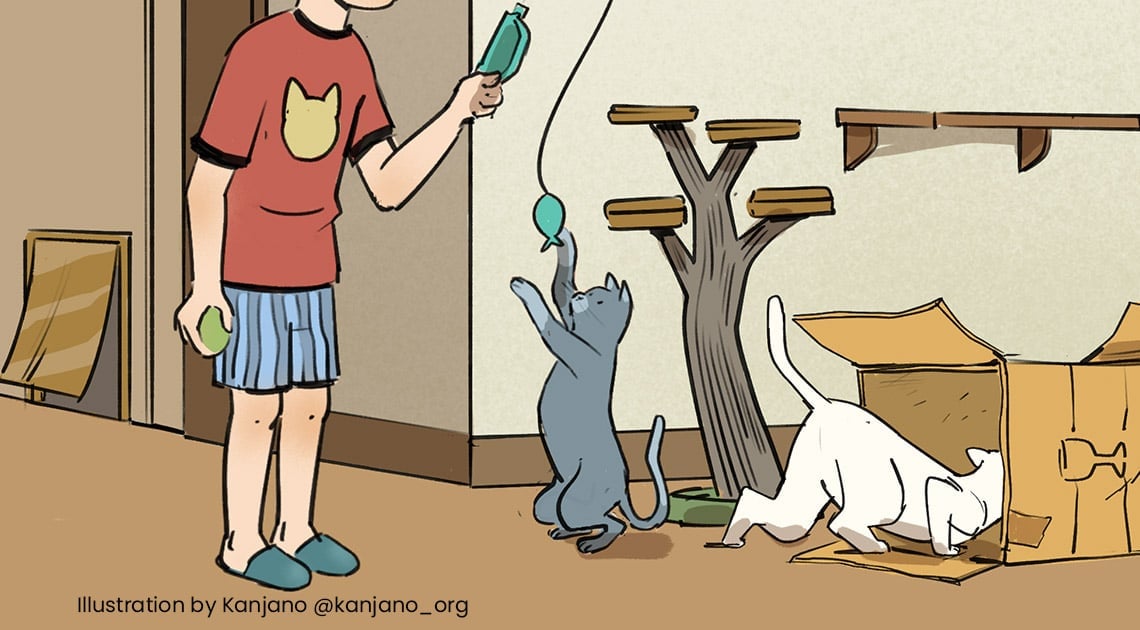
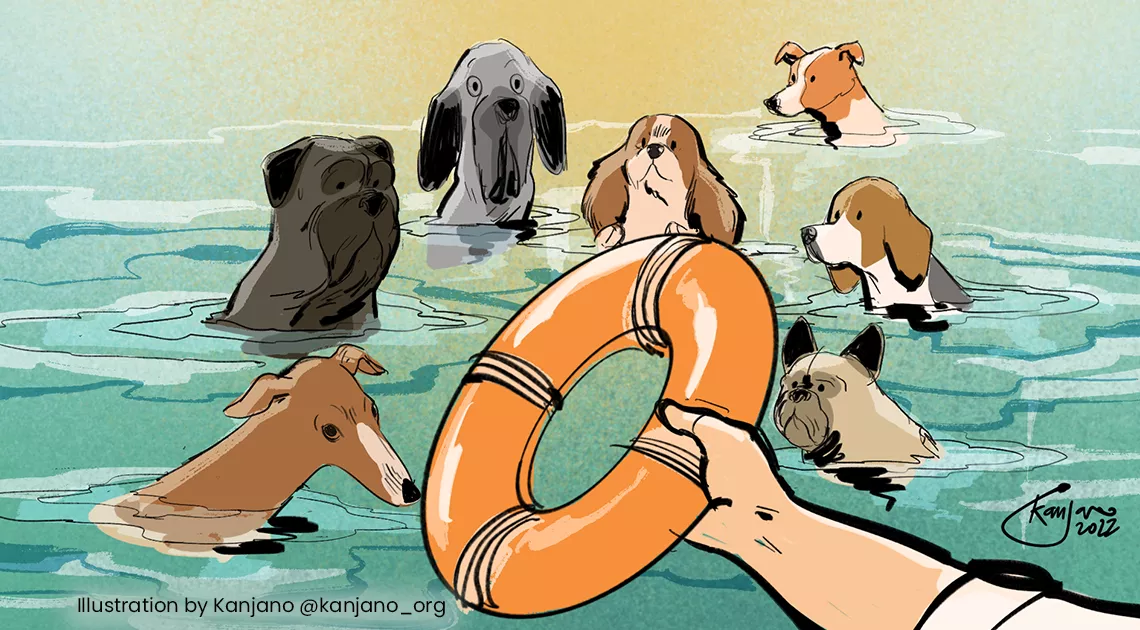
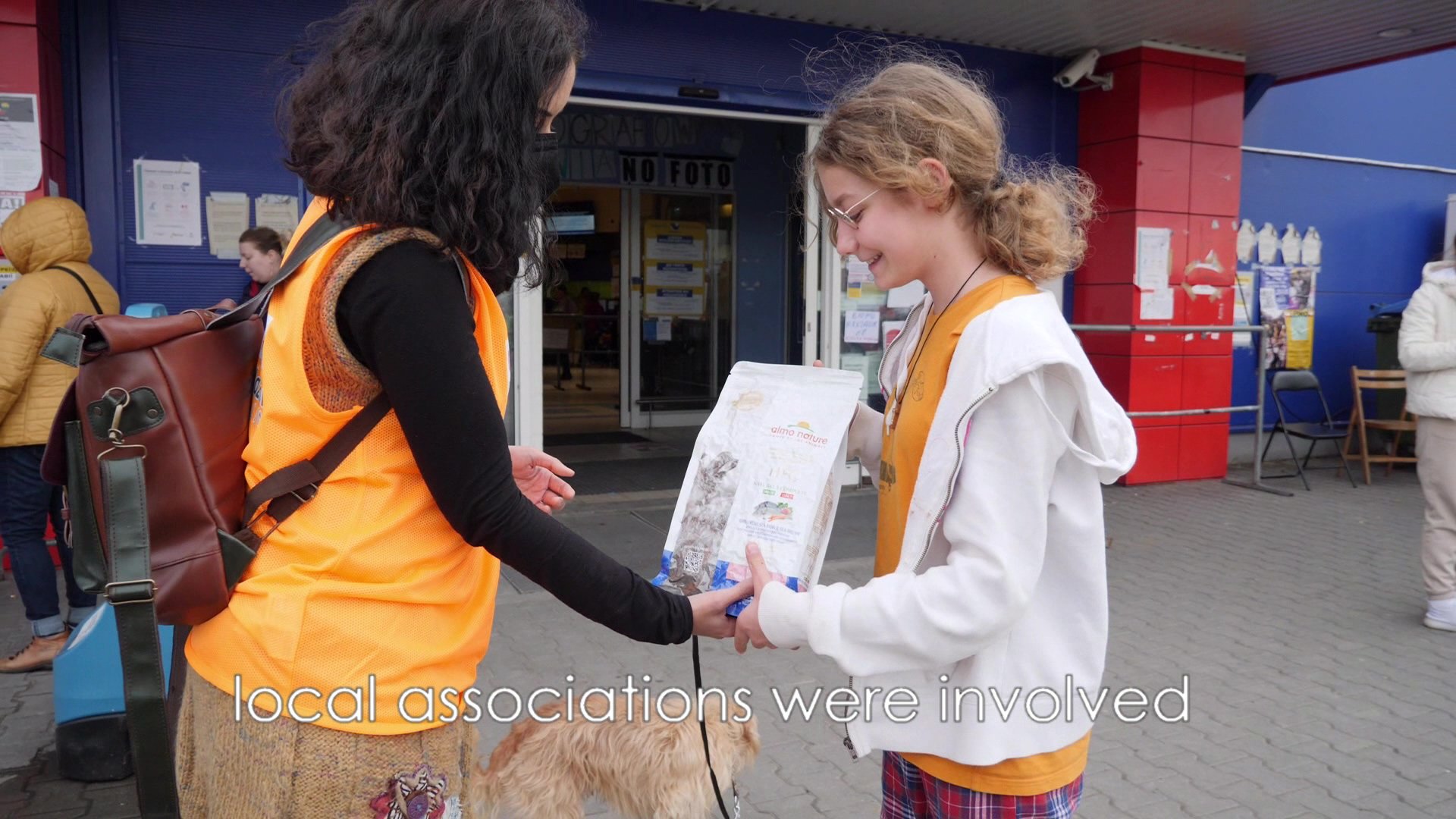


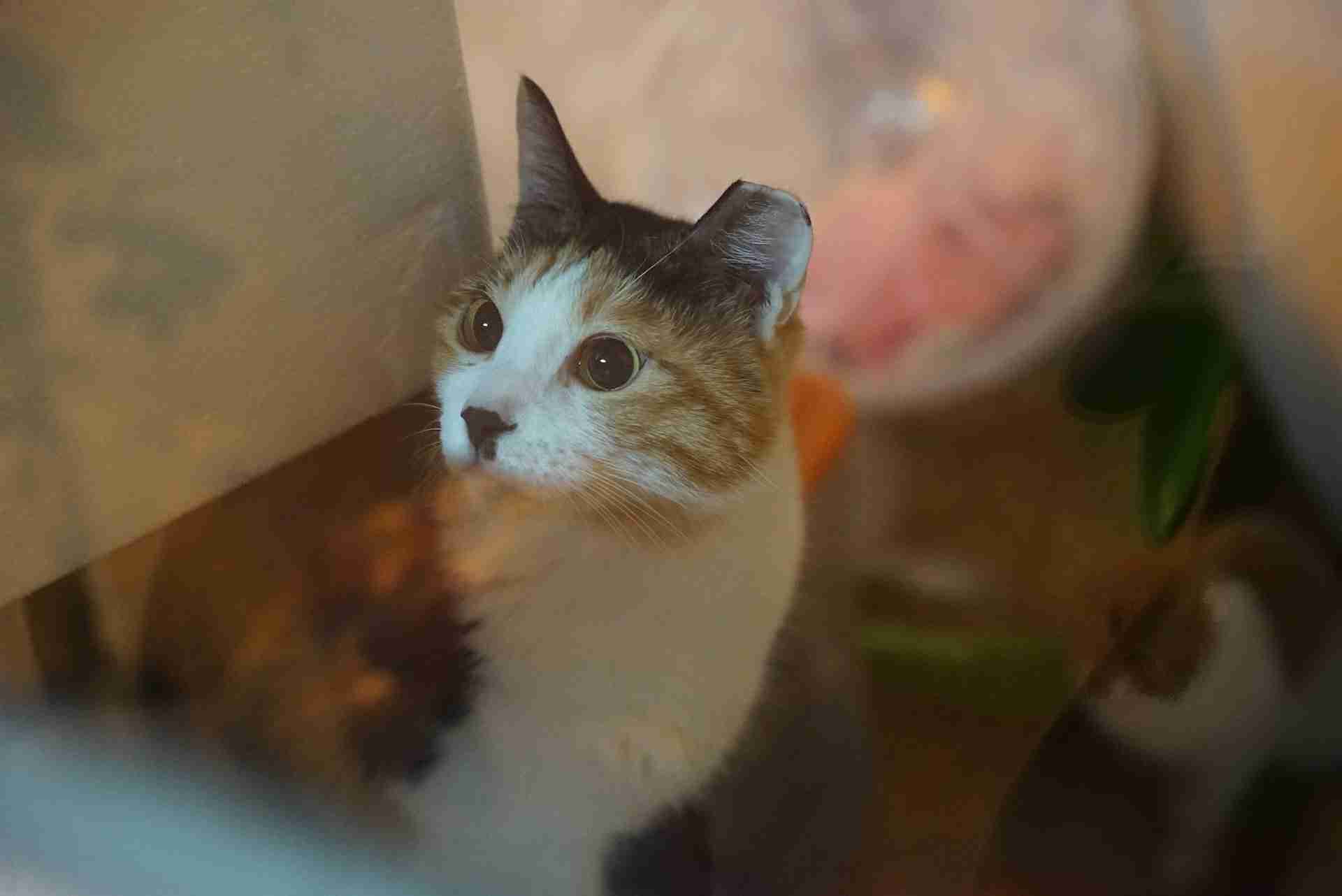
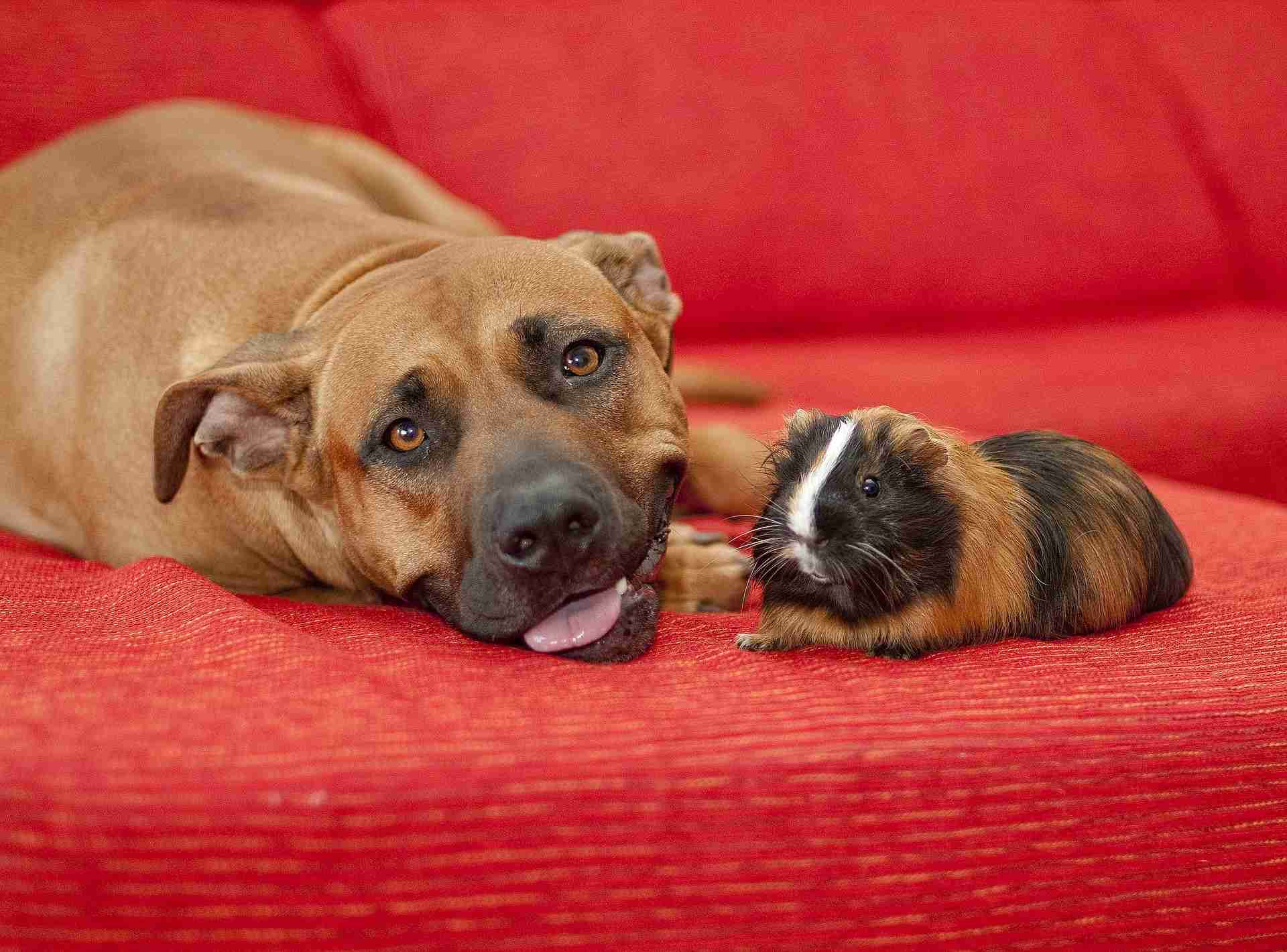
-2.jpg)
